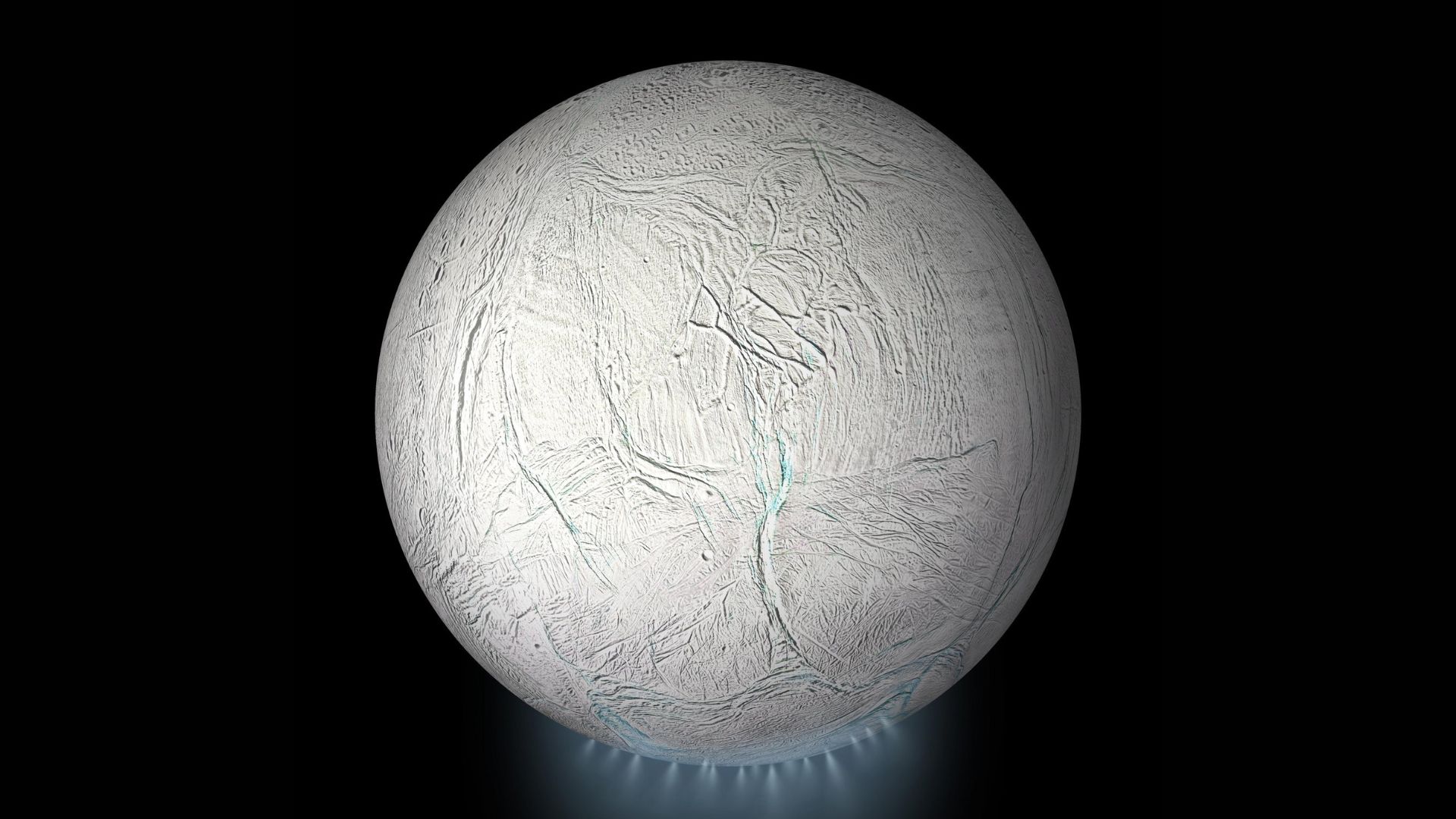In recent years, people have started noticing that our surroundings are getting loaded with tiny bits of plastic. A study by researchers from Columbia University and Rutgers University—published in the Proceedings of the National Academy of Sciences in 2024—reveals some eye-opening findings about bottled water. This report challenges the idea that bottled water is a safer pick over tap water and makes us wonder about its effects on our health.
Unveiling the presence of microplastics
Researchers found an average of 240,000 plastic fragments per liter in bottled water. Most of these particles are actually nanoplastics, with 90% measuring less than 1 micrometer; the other 10% fall into the microplastics range, between 5 millimeters and 1 micrometer. Given that such tiny pieces can slip into the bloodstream and possibly settle in organs like the heart and brain, the findings are quite concerning. Wei Min, a Columbia chemistry professor and co-author, noted, “The smaller they are, the easier it is to confuse them with natural cell components.”
To nail down these results, the team used advanced techniques like stimulated Raman scattering microscopy paired with artificial intelligence. This method helped them pinpoint and sort seven different types of plastics in bottled water, including polyethylene terephthalate (PET). Beizhan Yan, a research professor at Columbia, mentioned that if a bottle has lots of PET bits, there tend to be fewer particles from other plastics used in water treatment.
Sources and implications of contamination
The study points to several origins for the plastic particles in bottled water. PET, a common material for making bottles, came up as a major source. But it wasn’t just the bottle itself—filtration and purification systems also seem to add plastic bits. This means that even thorough cleaning processes might accidentally introduce these small plastic bits into the water.
Interestingly, among all the brands tested, only one showed no sign of microplastics or nanoplastics. Although the study didn’t name the brand, it shows that making bottled water free from these tiny plastics is possible if strict filtration and packaging methods are applied.
These findings make anyone who drinks bottled water every day rethink their options and wonder about the quality of what they’re consuming. They also point to the need for more studies on plastic contamination from various sources.
Future research directions
The team behind this groundbreaking work isn’t stopping here. They plan to widen their research to tap water, packaged foods, and even human tissues to see just how widespread plastic particles really are. They’re also set to study how these particles affect development and the nervous system.
Beizhan Yan called this area “a dark, unexplored field,” noting that earlier toxicity tests were mostly guesses about plastic exposure levels. Now, with these new methods, there’s a chance to really understand how deeply microplastics have crept into our everyday lives.
As we come to grips with these revelations about microplastics in bottled water, it’s clear that we need to reconsider our choices and push for better standards in how water is filtered and bottled. This study is a wake-up call, urging us all to look closer at what we’re drinking and to start moving toward cleaner alternatives that put our well-being first.
Source link

